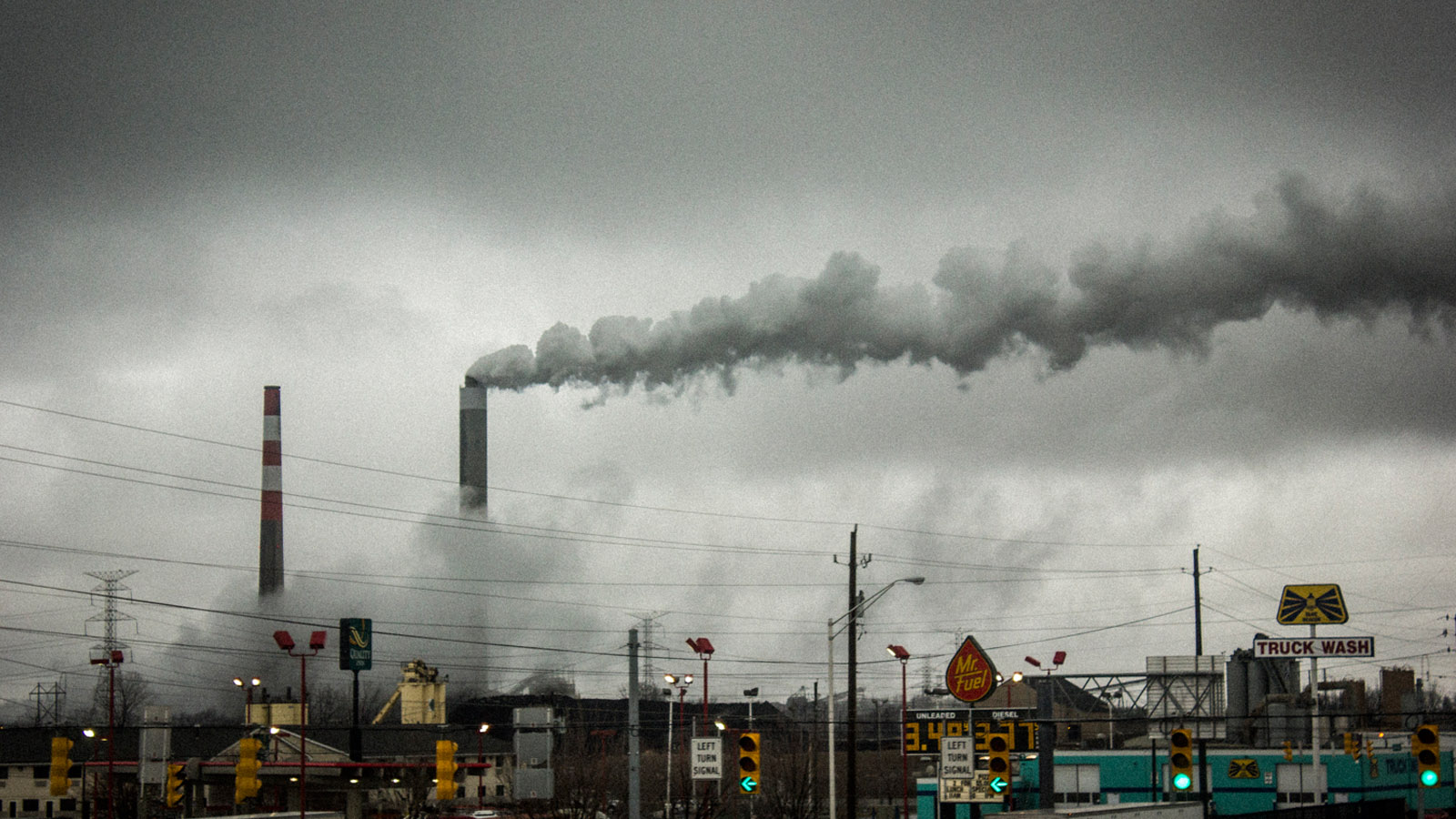This story is second in a series on the Environmental Protection Agency’s environmental justice initiative, Plan EJ 2014. Find part 1 here.
In Baltimore, the state has permitted a new waste incinerator in a neighborhood that’s regularly blitzed by pollution from surrounding industrial plants. In Mossville, La., an African American community founded by freed slaves is circled by 14 toxic industrial facilities — just one part of a broader region so saturated with polluters that it’s been labeled “Cancer Alley.”
These are just two examples of a pattern I discussed in my last post, of chemical plants imposing dangers on fenceline communities, where African Americans, Latino Americans, and poor Americans end up taking on more of the burdens of health risks and pollution than the average American.
How do such racial disparities happen and what keeps them alive? Well, there’s the racism of zoning policies that keep black, Latino, and poor residents concentrated in certain neighborhoods — usually the most undesirable locations of a city or state. But much of the problem lies in permitting, which often concentrates polluters in or around those racially redlined communities because they are the paths of least resistance. People struggling with poverty, underemployment, and failed schools have little time or energy to tussle with corporations.
The Environmental Protection Agency’s newly released environmental justice initiative, Plan EJ 2014, has identified permitting as an area most in need of fixing to reduce health risk disparities. Social justice advocates are taking note of how the plan will accomplish this given that the complex permitting process is one of the toughest knots to untangle. In terms of public policy, it’s not a Rubik’s cube, it’s Sudoku cubed. So how exactly will the EPA solve this?
Before getting into that, it’s helpful to understand the complexity of what permitting is meant to do. In short: It’s meant to protect us. It’s the point where plans are supposed to be evaluated for harmful impacts. It’s the scan of your app for viruses before it’s downloaded. In the environmental context, permits assure compliance with laws like the Clean Air Act and Clean Water Act. Some permits are issued by the federal government and some by state, local, and even tribal entities. There are permits that determine where construction of new buildings can happen and how, and permits that set limits on air and water emissions from those buildings.
Depending on who’s doing the permitting, those scans and evaluations will either offer deep regard for the health of the people, animals, plants, and atmosphere they will affect, or little to no regard at all. The main difference between the a thorough and a non-thorough permit: Market forces want new industry products availed as quickly as possible to meet demand, which often leads to sped-up, poorly evaluated permits, which often lead to race, class, and gender disparities around living conditions, pollution burdens, and health problems.
To figure out how to address these problems, the EPA consulted with its National Environmental Justice Advisory Council, or “NEJAC,” a stakeholder team composed of representatives of uber-burdened communities. The EPA’s questions to the council: Which permit types should the agency focus on immediately? And which types should it begin with for evaluating pollution clusters (“cumulative impacts” in environmental justice lingo)?
The council’s answers: Yes, and everything. In their response to the EPA, council members explained that their communities are afflicted by activities permitted at every level: federal, state, local, and tribal. They’re also impacted by problems beyond the permitting purview, like inadequate access to quality healthcare. Prioritizing or singling out one permit format would not address these issues.
“You can have five or 15 facilities in a community, but EPA won’t take this into account,” Michele Roberts, co-director of the Environmental Justice Health Alliance explained to me. “We’re talking about preexisting conditions. With the new healthcare, everybody talks about preexisting conditions, but nobody talks about preexisting pollution.”
Instead, the council recommended that EPA deal with all environmental impacts, “permitted or not,” and for both new and existing sources, “regardless of permit type.”
“NEJAC has repeatedly said that EPA (and authorized states and tribes) must take a comprehensive, community-based approach to addressing environmental justice. Focusing only on a limited subset of permits can leave communities with concerns based on other activities without a mode of redress,” the council wrote in its response.
For the EPA, this is an unenviable position. When you’re under the pressure of market forces and your budget is determined by Congressmen hellbent on shrinking, if not eliminating your agency, efficiency is imperative. But the agency has nowhere near the resources to tackle multiple problems simultaneously, so it has to take things one at a time, even if that’s not enough for communities to begin feeling a difference.
State governments are less inclined to deal with any of these issues, given budget inflexibility and the competitive nature of luring business. Wilma Subra, a Louisiana chemist who’s fought many businesses in the state’s Cancer Alley, broke it down to me like this:
“The issue is that the state government, starting with the governor’s office, is giving industries tax breaks, incentives, and cash to come in and locate. So when you have that situation, the permitting staff gets the message that they have to issue the permits to these facilities,” Surba said. “So they grant the permits because the governor is pushing economic development, but then they don’t have the resources to do adequate enforcement of the permits. So who loses are the communities, the public health, and the environment.”
What EPA can do with some certainty is open up opportunities for the communities to have more say in the permitting process. Plan EJ 2014’s permitting strategy focuses almost exclusively on doing this. The belief is that this leads to better permitting outcomes, like “community benefit agreements” where both the people and the companies walk away winners.
The Plan EJ 2014 progress reports list a few positive outcomes of this type of increased community engagement. A few more examples are listed in the report, EPA Actions and Promising Practices, which also provides guidelines for effective community engagement. The hard truth, though, is that these outcomes are anomalies, and there’s no legal requirement to follow the guidelines. The EPA is more than clear on the question of whether these guidelines change anything in the existing permitting regulations: “The answer is no.”
The bottom line on Plan EJ 2014’s permitting reforms is, no, they won’t solve environmental racism, nor can the agency do much about legacy pollution clusters. It can, at best, help facilitate dialogues between companies applying for new permits and host communities to find paths to mutual benefits.
But the EPA shouldn’t lose sight of its central mission: to protect. And that brings me to the flipside of permitting — enforcement, which I’ll be discussing in the next part of this Plan EJ 2014 series.



